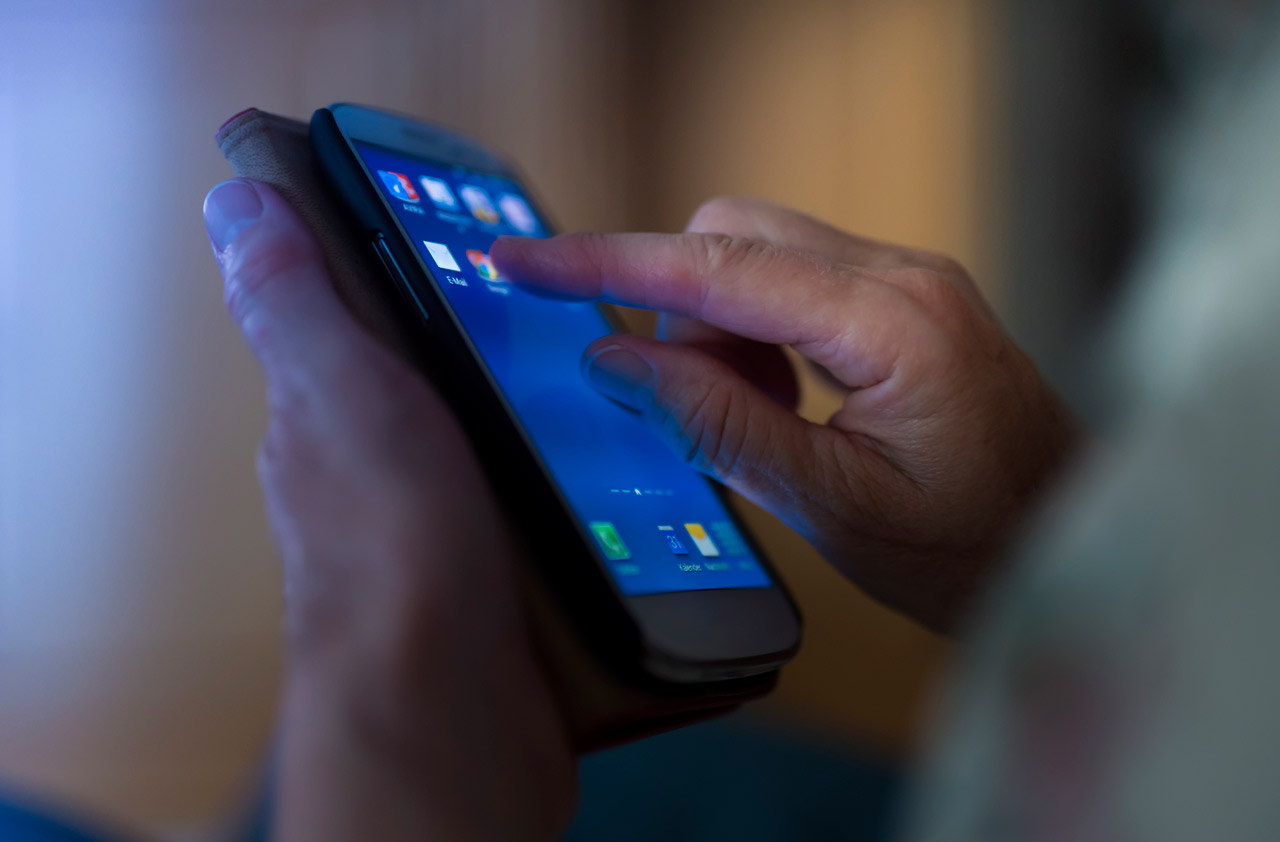Use Financial Apps to Track Spending in Retirement
Start keeping tabs on where your nest egg is really going with your smartphone.

When Lauren Lindsay joined a large group of about 20 friends for brunch recently, things quickly got complicated. “Different people ordered different things, and some had to come and go at different times,” says Lindsay, 49, a financial planner in Houston. “And the place wouldn’t do separate checks.”
But the friend who organized the brunch had a simple solution, Lindsay says. She paid the entire bill and then used the payment sharing app Venmo, letting people know what they owed and how much the tip was, so she could be reimbursed. Lindsay also regularly uses Venmo to split dining and other expenses. “It’s very handy so you aren’t chasing people down when they owe you money,” she says. “Not very many people carry cash in general anymore, so this is the way things are going.”
For retirees, organizing expenses and splitting checks equitably are key ways to keep a handle on everyday spending, which can be stressful when adjusting to life without a paycheck from a job coming in. While your grandkids may be familiar with a range of apps that help manage spending, you may be on a financial tech learning curve. Four in 10 seniors now own smartphones, which is double the number in 2013, according to the Pew Research Center. But some remain wary of using financial apps. For others, it may just be a matter of getting comfortable using such an app, says Rick Kahler, a financial planner in Rapid City, S.D.
From just $107.88 $24.99 for Kiplinger Personal Finance
Become a smarter, better informed investor. Subscribe from just $107.88 $24.99, plus get up to 4 Special Issues

Sign up for Kiplinger’s Free Newsletters
Profit and prosper with the best of expert advice on investing, taxes, retirement, personal finance and more - straight to your e-mail.
Profit and prosper with the best of expert advice - straight to your e-mail.
Kahler says he only recommends to clients the apps that he actually uses. He likes TurboScan, which uses your phone’s camera to scan a receipt and helps keep the virtual receipts organized. Another favorite: GasBuddy, which Kahler accesses when he rents a car while traveling. Instead of taking the option to return the car with the tank empty and face a more costly rental company charge for filling it, he uses GasBuddy to find the lowest priced station in an unfamiliar area.
Kahler says he and some of his older clients also like Mint, a money-management app. You can create a monthly budget with it, putting your expenses in as many as 20 categories. You can even keep track of charitable gifts, which you can then use as a record at tax time. After you’ve entered the target amounts for each category, you link your bank account and watch your recent expenses automatically fill progress bars for each category. Or you could use an expense-tracking app, such as Fearless Finance.
Find the App for You
To use an app, download it from Apple’s App Store if you have an iPhone or from Google Play if you have an Android mobile device. Many apps are free, but doublecheck for any charges or fees first.
You can log in to Venmo using your Facebook account, which lets you pull in your friends list. To pay or request to be paid back, enter the username or phone number of the recipient within the app. Enter the amount and what the money is for, then select “Pay” or “Request.”
To transfer money you receive in Venmo to your bank account, select “Transfer to Bank.” Note the instant transfer fee is 1% of the transfer amount, with a minimum fee of 25 cents and a maximum of $10. To send money without burdening the recipient with a transfer fee, consider the gifting app called NextRound. You also can use Tab, another app, to make it easier to request payments through Venmo. Tab gives you a code to share with friends so they can join in on the bill from their smartphones. You also can send money to friends through Zelle and PayPal.
If apps aren’t for you, you could instead create an Excel spreadsheet to track spending. Or you might decide that it’s more important to enjoy a meal with friends and family than to worry about splitting the bill, and let it go.
Profit and prosper with the best of Kiplinger's advice on investing, taxes, retirement, personal finance and much more. Delivered daily. Enter your email in the box and click Sign Me Up.

-
 Dow, S&P 500 Rise to New Closing Highs: Stock Market Today
Dow, S&P 500 Rise to New Closing Highs: Stock Market TodayWill President Donald Trump match his Monroe Doctrine gambit with a new Marshall Plan for Venezuela?
-
 States That Tax Social Security Benefits in 2026
States That Tax Social Security Benefits in 2026Retirement Tax Not all retirees who live in states that tax Social Security benefits have to pay state income taxes. Will your benefits be taxed?
-
 QUIZ: What Type Of Retirement Spender Are You?
QUIZ: What Type Of Retirement Spender Are You?Quiz What is your retirement spending style? Find out with this quick quiz.
-
 9 Types of Insurance You Probably Don't Need
9 Types of Insurance You Probably Don't NeedFinancial Planning If you're paying for these types of insurance, you may be wasting your money. Here's what you need to know.
-
 When Tech is Too Much
When Tech is Too MuchOur Kiplinger Retirement Report editor, David Crook, sounds off on the everyday annoyances of technology.
-
 I Let AI Read Privacy Policies for Me. Here's What I Learned
I Let AI Read Privacy Policies for Me. Here's What I LearnedA reporter uses AI to review privacy policies, in an effort to better protect herself from fraud and scams.
-
 Amazon Resale: Where Amazon Prime Returns Become Your Online Bargains
Amazon Resale: Where Amazon Prime Returns Become Your Online BargainsFeature Amazon Resale products may have some imperfections, but that often leads to wildly discounted prices.
-
 What Is AI? Artificial Intelligence 101
What Is AI? Artificial Intelligence 101Artificial intelligence has sparked huge excitement among investors and businesses, but what exactly does the term mean?
-
 457 Plan Contribution Limits for 2026
457 Plan Contribution Limits for 2026Retirement plans There are higher 457 plan contribution limits in 2026. That's good news for state and local government employees.
-
 Medicare Basics: 12 Things You Need to Know
Medicare Basics: 12 Things You Need to KnowMedicare There's Medicare Part A, Part B, Part D, Medigap plans, Medicare Advantage plans and so on. We sort out the confusion about signing up for Medicare — and much more.
-
 The Seven Worst Assets to Leave Your Kids or Grandkids
The Seven Worst Assets to Leave Your Kids or Grandkidsinheritance Leaving these assets to your loved ones may be more trouble than it’s worth. Here's how to avoid adding to their grief after you're gone.

